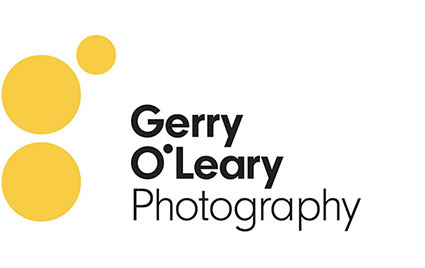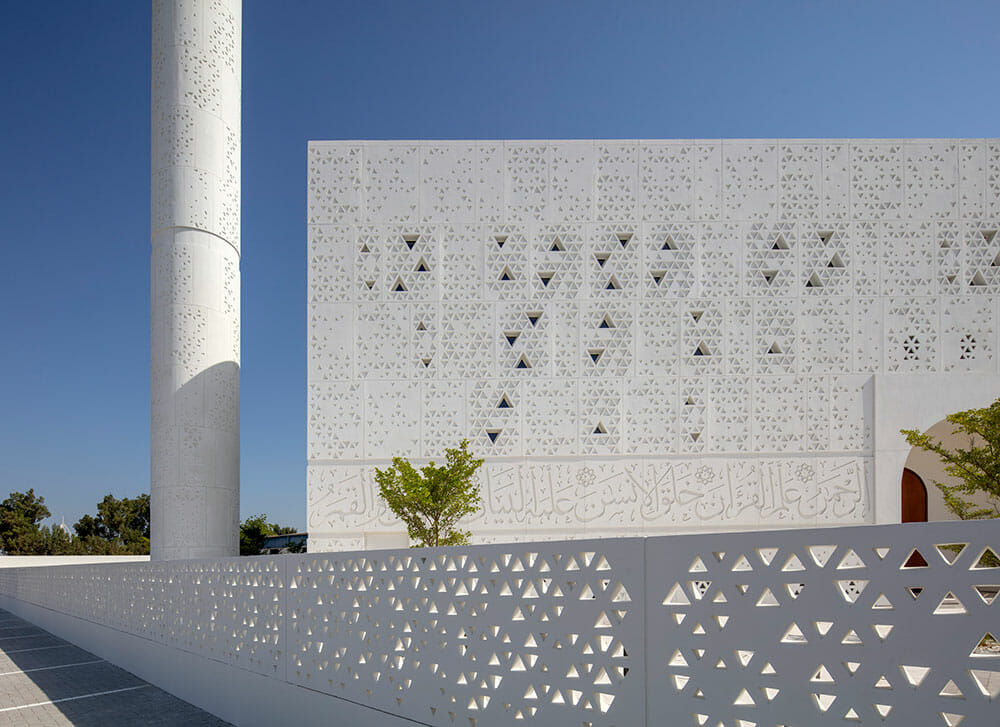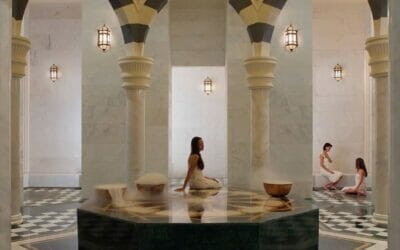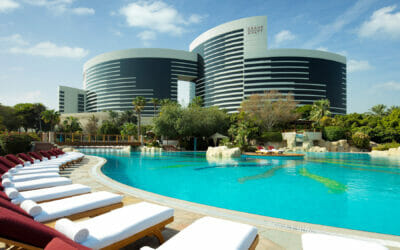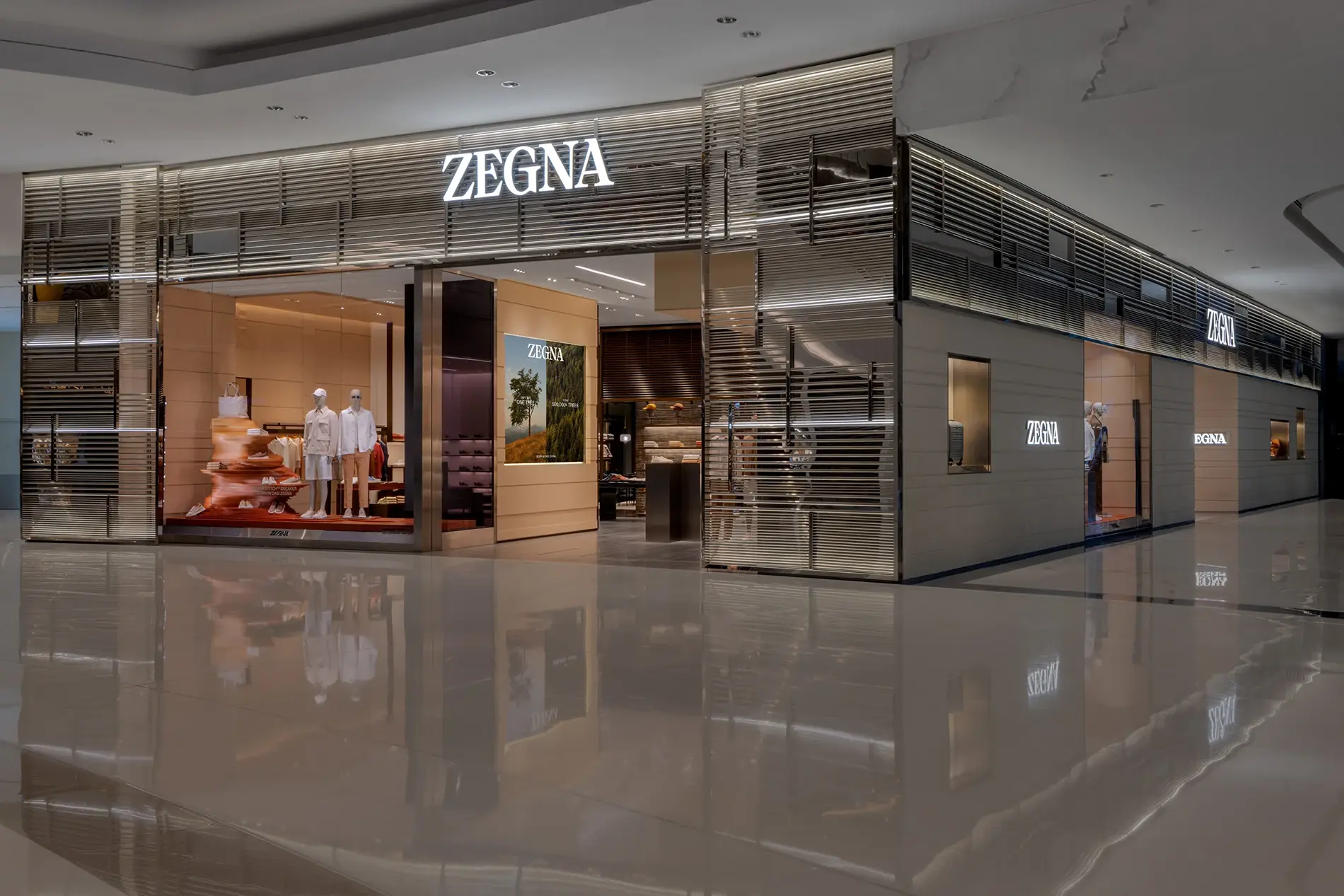Architecture photography of the Mosque of Light by Gerry O’Leary
For more than three decades, I’ve had the privilege of being a leader in architectural photography, using my trusty camera to capture some of the world’s most iconic structures. As a result, people often seek my advice on how to get into the field or how to improve, so I’m sharing some insights below.
Architectural photography is a unique discipline that combines the precision of architecture with the creativity of photography. We are visual creatures, yet our world has become increasingly more visually oriented, and this has heightened the demand for high-quality images of buildings and spaces.
Although I didn’t ‘aspire’ to be an architectural photographer, I’ve found this field most rewarding. Working with some of the world’s top architects – women and men who have envisioned these remarkable structures – is incredibly fulfilling.
If you’re a seasoned photographer hoping to specialise or an aspiring artist drawn to the geometry and grandeur of architecture, I’ve made my own small guide to help you on your journey.
Gain a deep understanding
At its core, architectural photography involves capturing the essence of a building or space, translating its design, structure, and ambiance into a two-dimensional image. Unlike other photography genres, architectural photography demands a deep appreciation for detail, symmetry, and lighting. Each photograph should not only document a space but also tell a story – one that reflects the architect’s vision and the building’s relationship with its environment.
Build on your foundation
Before diving into architectural photography, it’s essential to build a solid foundation in general photography.
Pay attention to mastering the basics:
- Composition
- Exposure
- Post-processing
This will give you the technical prowess needed to handle more complex architectural shoots.
To delve into these further:
Composition: Learn how to frame your shots effectively. The rule of thirds, leading lines, and symmetry are crucial elements in architectural photography. These principles help in creating balanced images that guide the viewer’s eye to the intended focal points.
Exposure: Architectural photography often involves challenging lighting conditions. Understanding how to work with natural light, especially during the golden hours (just after sunrise and before sunset), can transform a dull image into a masterpiece. Mastering exposure techniques will also help you capture the intricate details of both interiors and exteriors.
Post-Processing: Digital editing is where your images come to life. Software like Adobe Lightroom and Photoshop are indispensable tools in architectural photography. Learn how to enhance your images subtly, maintaining the integrity of the structure while accentuating its best features.
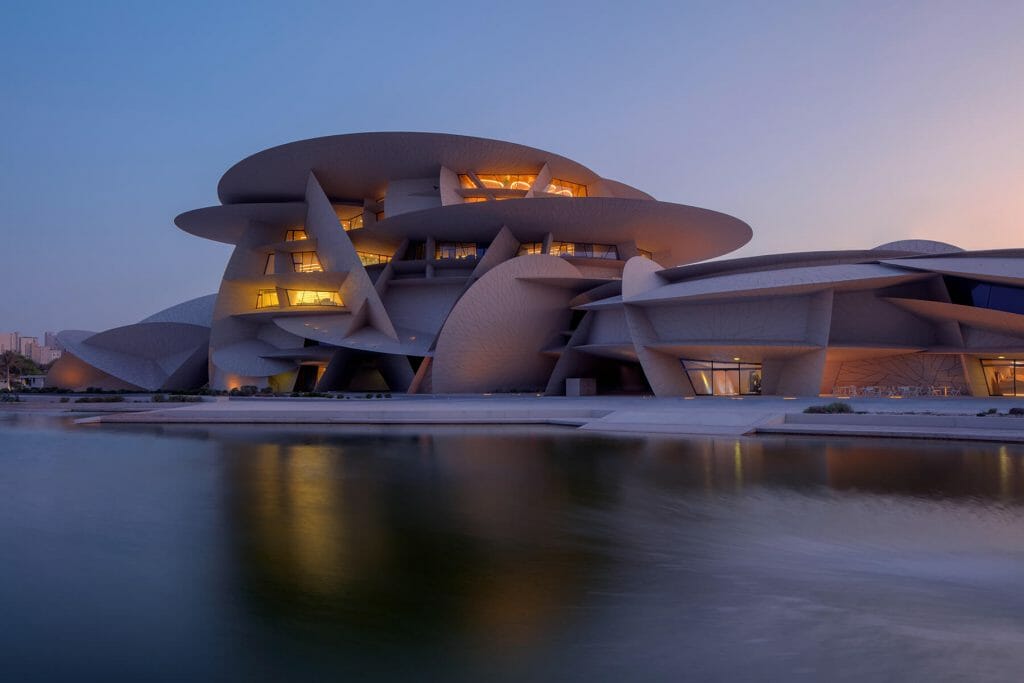
Gearing up
Investing in the right equipment is crucial. While you don’t need the most expensive gear, certain tools are essential for architectural photography:
- Camera: A full-frame DSLR or mirrorless camera with a high-resolution sensor is ideal. This ensures that you capture every detail in the highest quality.
- Lenses: Tilt-shift lenses are a game-changer in architectural photography. They allow you to control perspective, ensuring that vertical lines remain straight, which is vital when shooting tall buildings. Wide-angle lenses are also popular, providing the ability to capture large spaces in a single frame.
- Tripod: A sturdy tripod is non-negotiable. It stabilises your camera, allowing for sharp images, especially in low-light conditions or when shooting long exposures.
Find your niche
Architectural photography is a broad field. You might find yourself gravitating toward one particular style or type of architecture:
- Residential buildings
- Commercial spaces
- Urban landscapes
- Historical sites
Each present unique challenges and opportunities. As you gain experience, identify the niche that excites you the most. As I learnt when I moved to Dubai, specialising can set you apart in a competitive industry.
Building your portfolio
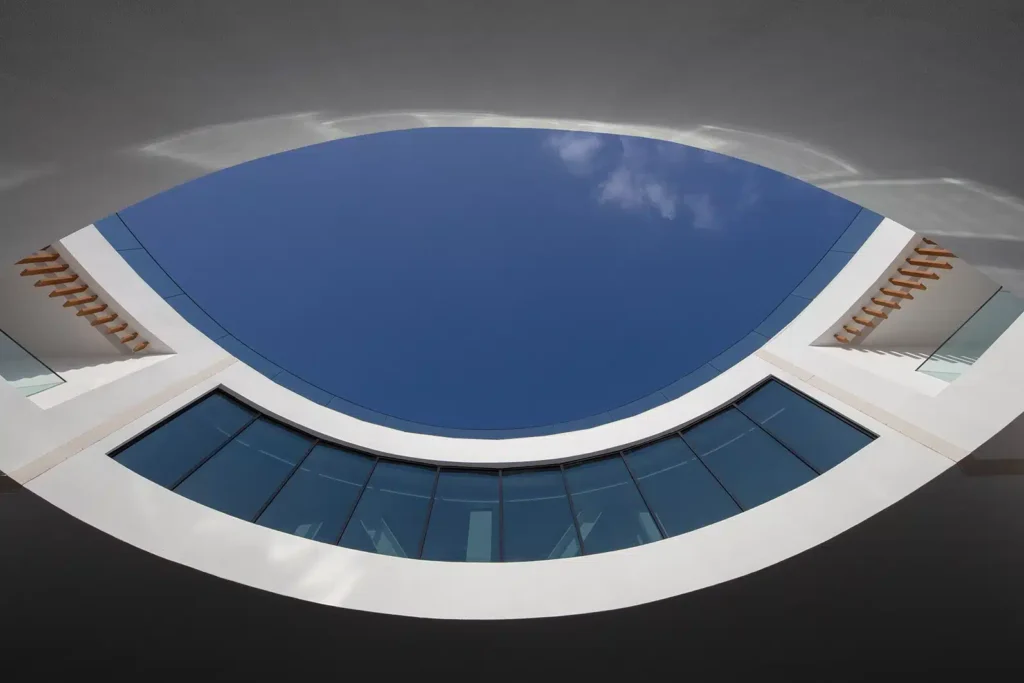
Your portfolio is your most valuable asset as an architectural photographer. It should showcase your best work and demonstrate your range and ability to handle different types of projects.
Start by photographing local buildings, or even your own home, to build up your portfolio and demonstrate your technique. As you progress, reach out to real estate agents, interior designers and architects who might need professional photography services.
Networking and marketing
In any field now, networking is key, but especially in something as specialised as architectural photography. Build relationships with architects, designers, and real estate professionals – it will lead to referrals and repeat business. Attend industry events, join photography associations, and be active on social media platforms where your potential clients spend their time.
Marketing your services effectively is also essential. A professional website with a strong portfolio, client testimonials, and a blog showcasing your expertise can help attract potential clients. Additionally, consider submitting your work to architectural magazines or online publications to gain exposure.
The path ahead
Becoming a successful and award-winning architectural photographer requires patience, practice, and perseverance. As a lifelong learner, I enjoy the continuous journey to expand my knowledge and hone my skills – both technically and artistically.
Embrace the challenges, refine your skills, and let your passion for architecture and photography guide you. With dedication and a keen eye for detail, you’ll find yourself crafting images that not only capture buildings but also immortalise them for future generations.
Get in touch if you have a architectural project in Japan, Saudi Arabia or India that requires professional photography. Feel free to share this article on your LinkedIn or other channels.
